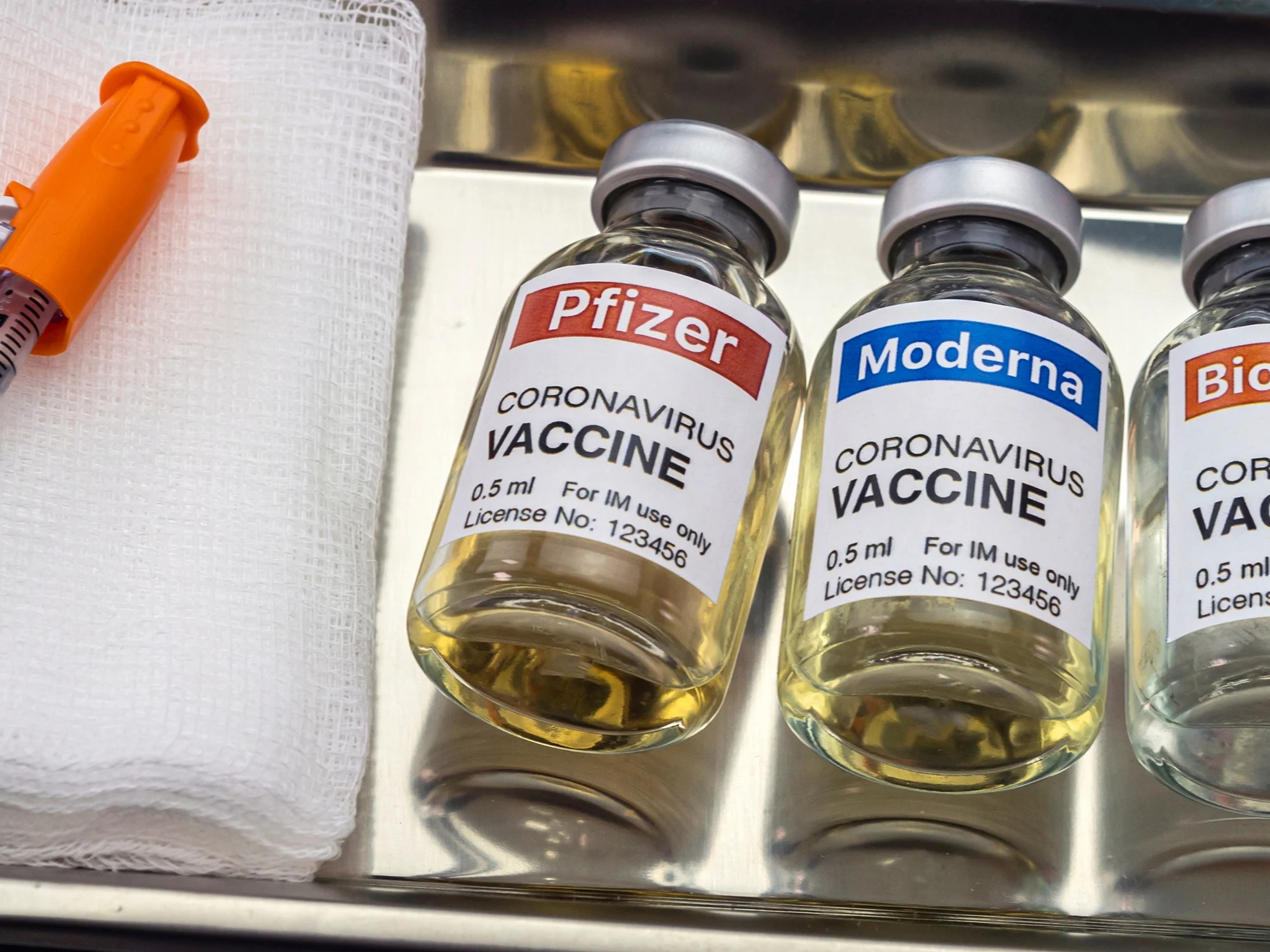Introduction to mRNA vaccines
The world of vaccine science has transformed dramatically in recent years, largely due to the groundbreaking efforts of biotech giants Moderna and Pfizer. These companies have not only redefined how we approach vaccination but have also sparked a wave of innovation that could change public health forever. With the advent of mRNA technology, these vaccines represent a leap forward, offering unprecedented speed and efficacy in combating diseases. As we delve into this new era shaped by cutting-edge research, we’ll explore the journey of Moderna and Pfizer as trailblazers within the realm of health innovation. The future looks promising; let’s uncover what makes these advancements so revolutionary.
The history of Moderna and Pfizer
Moderna and Pfizer are two giants in the biotech world, both playing significant roles in the COVID-19 pandemic. Moderna was founded in 2010 with a focus on mRNA technology. It quickly emerged as a leader in innovative vaccine development.
Pfizer’s roots stretch back to 1849, initially starting as a chemical company. Over the decades, it evolved into one of the largest pharmaceutical firms globally. Its collaboration with BioNTech marked a turning point for vaccine research.
The partnership between Pfizer and BioNTech brought forth groundbreaking advancements in mRNA vaccines. Together they rapidly developed their COVID-19 vaccine, demonstrating how traditional boundaries can be transcended through innovation.
Both companies represent different facets of biotech evolution—one rooted deeply in history and another emerging from cutting-edge science. Their journey reflects not just corporate ambition but also an urgent response to global health challenges that require modern solutions.
How mRNA vaccines work
mRNA vaccines represent a breakthrough in vaccine technology. They use messenger RNA to instruct cells on how to produce a harmless piece of the virus’s spike protein. This protein triggers an immune response without causing disease.
Once injected, the mRNA enters cells and begins to work immediately. The body’s cellular machinery translates this genetic code into proteins. These proteins then stimulate the immune system, prompting it to recognize and fight off future infections.
What sets mRNA apart is its speed and flexibility in development. Unlike traditional vaccines that often rely on weakened or inactive viruses, mRNA can be designed quickly when new pathogens emerge.
This innovative approach not only enhances our ability to respond to current health crises but also lays groundwork for tackling diverse diseases beyond COVID-19, marking a significant evolution in biotech solutions for global health challenges.
Key differences between Moderna and Pfizer’s vaccines
Moderna and Pfizer, two titans of biotech innovation, developed their vaccines using similar mRNA technology. However, key differences set them apart.
First is the storage requirement. Moderna’s vaccine can be stored at -20°C for up to six months, while Pfizer’s needs ultra-cold conditions of around -70°C. This aspect significantly influences distribution logistics.
Next is the age approval timeline. Pfizer has received authorization for use in individuals as young as five years old earlier than Moderna, which mainly caters to those 18 and older initially.
Dosing intervals also vary slightly. The Pfizer vaccine requires three weeks between doses, whereas Moderna suggests a four-week gap.
Side effects may differ in intensity and type from person to person. While both have reported common reactions like fatigue or soreness at the injection site, some users experienced distinct experiences with each brand’s formulation.
Efficacy and safety of the vaccines
The efficacy of the Moderna and Pfizer vaccines has been a significant point of discussion. Clinical trials showed both vaccines provided strong protection against COVID-19, with efficacy rates around 94-95%. This effectiveness was observed not only in preventing infection but also in reducing severe illness.
Safety profiles for these mRNA vaccines were rigorously tested. Common side effects included fatigue, headache, and mild fever—indicators that the body was building immunity. Serious side effects remained rare, underscoring their safety.
Real-world data further validated these findings. Immunization campaigns demonstrated high success in curbing virus spread across various populations. Trust in these biotech innovations grew as more people received vaccinations and reported positive outcomes.
Health experts continue to monitor vaccine performance against emerging variants. The ongoing research ensures that public health strategies stay informed by real-time data and science-backed assessments.
Challenges faced during development and distribution
Developing mRNA vaccines was not without obstacles. The urgency of the pandemic placed immense pressure on researchers and companies to deliver results swiftly. This accelerated timeline led to concerns about thorough testing.
Supply chain issues emerged as a significant barrier during distribution. Ensuring that the raw materials for vaccine production were available in sufficient quantities became a logistical challenge.
Temperature requirements added another layer of complexity. Both Moderna and Pfizer’s vaccines needed ultra-cold storage, which limited their accessibility in many regions.
Public perception also played a role. Misinformation surrounding vaccine safety created apprehension among potential recipients, complicating rollout efforts.
Regulatory hurdles had to be navigated meticulously to gain emergency use authorization while ensuring compliance with health standards. Each obstacle required innovative solutions from both biotech firms and governments alike.
Impact on the future of vaccine science
The emergence of mRNA vaccines has set a new benchmark in vaccine science, pushing the boundaries of what is possible. With companies like Moderna and Pfizer leading the charge, we see a shift towards quicker development timelines for vaccines. The technology behind mRNA opens doors not just for addressing COVID-19 but also for tackling other infectious diseases.
As researchers explore this innovative biotech approach further, we can expect customized vaccines tailored to specific pathogens. This adaptability could revolutionize how swiftly we respond to emerging health threats. The lessons learned during the pandemic are likely to accelerate advancements in vaccine research and production methods across various sectors within biotechnology.
Moreover, this technology may pave the way for therapeutic applications beyond vaccination—potentially even treating genetic disorders or cancers through targeted therapies that utilize similar mechanisms as those employed by mRNA vaccines.
This transformative moment serves as an inspiration to scientists and healthcare professionals alike, reminding us that innovation continues to evolve at breakneck speed within the realm of health sciences. As these advancements unfold, they will undoubtedly shape our understanding and management of disease prevention well into the future.




